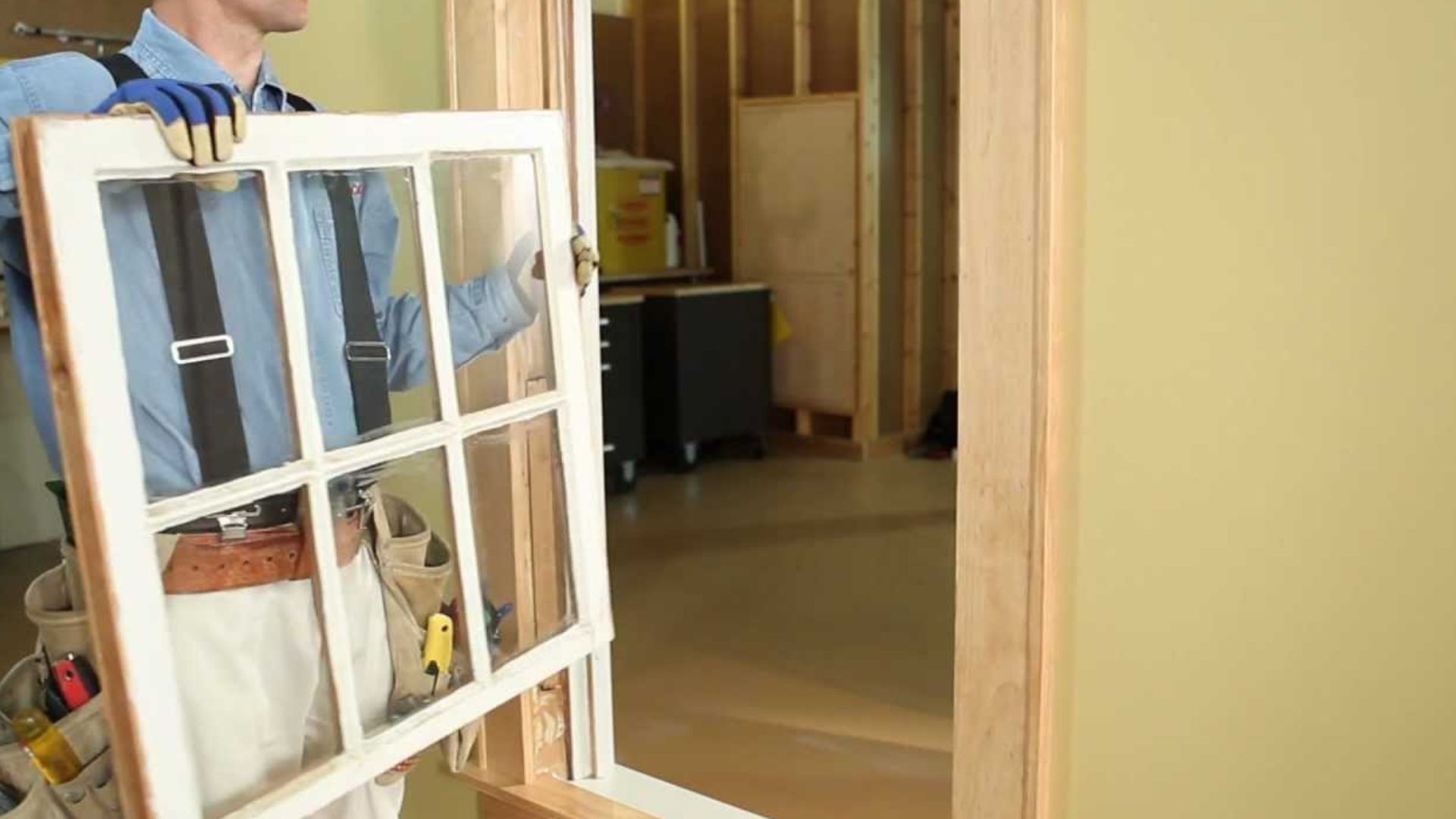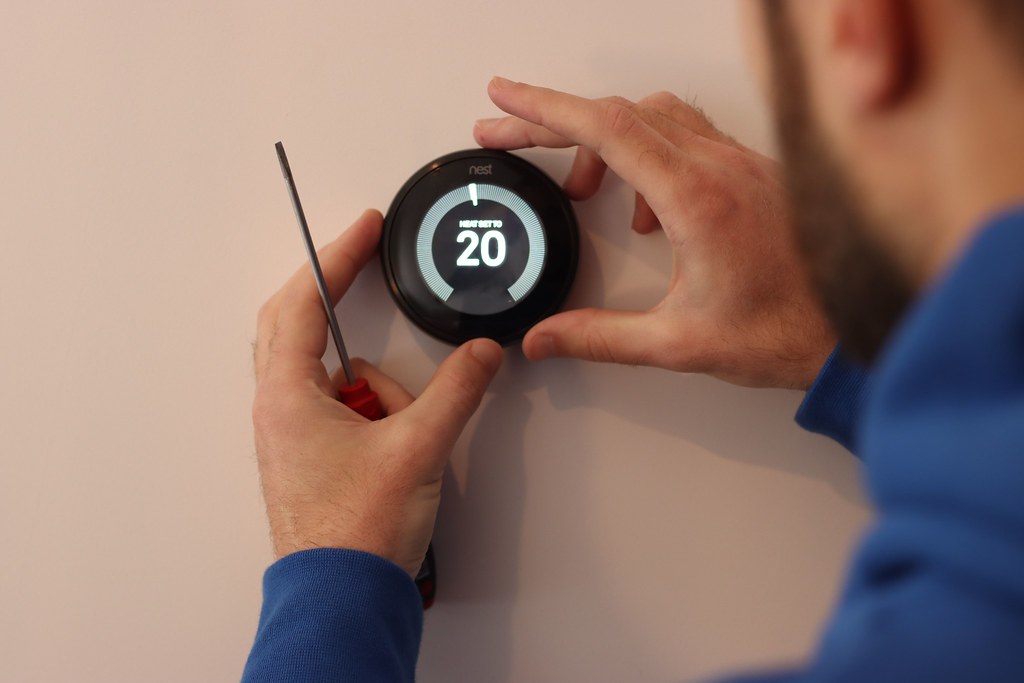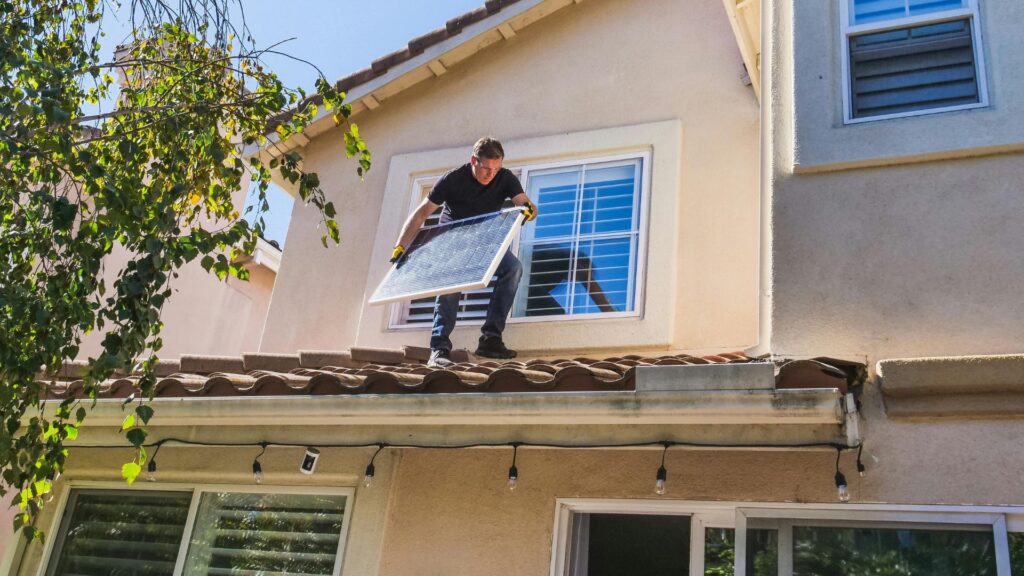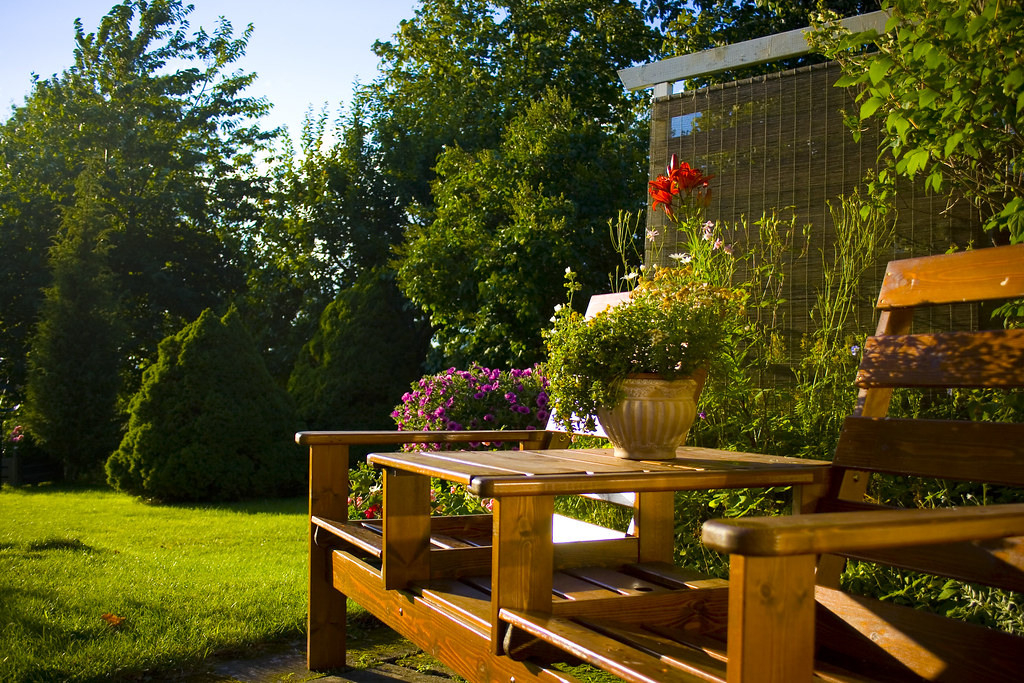Replacing windows is one of those big home projects that seems simple, until you start digging into the details. There are sizes, styles, materials, and energy ratings to consider. Costs can vary widely. And once you’ve made your choice, proper installation matters just as much as the product itself.
If your windows are drafty, foggy, or stuck shut, it’s probably time for an upgrade. But knowing what to look for before you buy can help you avoid common mistakes and save you money down the road.
Why Are You Replacing Them?
Before you pick out new windows, take a moment to think about what’s not working with your current ones. Are they old and inefficient? Hard to open? Do you want more natural light or a better view? Are rising energy bills a concern?
Your answers help determine what features to prioritize. If insulation is the goal, look for double or triple-pane glass with low U-factors. If you’re after better looks or easier cleaning, there are window designs built just for that.
Understand Your Window Options
Not all windows are the same. Common types include double-hung, casement, sliding, bay, and fixed. Each one works a little differently and fits certain spaces better.
Double-hung windows slide up and down. They’re the most common and offer good airflow. Casement windows swing open from the side and are often the most airtight. Sliding windows move side to side and are great for wide openings. Bay windows add architectural interest and make rooms feel larger. Fixed windows don’t open at all, but they offer a clean look and plenty of light.
Choosing the right type depends on where it’s going, how you’ll use it, and the style of your home.
Frame Materials Matter
Window frames come in a few main materials: vinyl, wood, aluminum, and fiberglass. Each has pros and cons.
Vinyl is the most budget-friendly and requires little maintenance. It doesn’t rot, but colors can fade over time. Wood offers classic beauty and strong insulation, but it needs regular upkeep to prevent rot or swelling. Aluminum is sleek and durable, but less energy efficient. Fiberglass is strong and low-maintenance, but it tends to cost more.
Think about your climate, your home’s style, and how much upkeep you’re willing to do when picking a frame material.
Energy Efficiency Saves Money
Windows play a big role in heating and cooling your home. The right ones can help lower your energy bills and keep you comfortable year-round.
Pay attention to energy performance labels. Look for:
- U-Factor: Measures heat transfer. Lower is better for keeping heat inside in winter.
- Solar Heat Gain Coefficient (SHGC): Measures how much heat the window lets in from sunlight. Lower is better in warm climates.
- Low-E coatings: A thin metallic layer that reflects heat and blocks UV rays.
Also, look for the ENERGY STAR label. These windows meet strict energy efficiency guidelines set by the U.S. government.
Glass Choices and Upgrades
Most modern windows come with double-pane glass, which includes a sealed space between two layers of glass. This space is often filled with argon gas to improve insulation. Some high-end models offer triple-pane glass, which can add even more insulation and reduce outside noise.
You can also choose special coatings like Low-E (low emissivity), which reflect heat and UV rays. That helps keep your home cooler in summer and warmer in winter—and helps protect furniture and floors from sun damage.
Don’t Overlook Installation
Even the best window won’t perform well if it’s installed poorly. A bad fit or a weak seal can cause drafts, leaks, and higher energy bills.
Most people hire a pro, and for good reason. Window installation requires precision. Check that your installer is licensed, insured, and has solid reviews. Ask if the price includes trim work, cleanup, and haul-away of old windows. It’s also smart to ask if the installer is certified by the manufacturer—some warranties require it.
Know What It’s Going to Cost
Window prices vary a lot depending on type, material, and efficiency ratings. On average, a single replacement window can cost anywhere from $300 to $1,000, including installation. Bay or specialty windows can cost much more.
Replacing all the windows in a typical home may run from $8,000 to $20,000 or more. Get multiple estimates, and don’t be afraid to ask for a detailed breakdown.
Some companies offer financing or seasonal deals. Just be sure to read the fine print before signing.
Check the Warranty
Warranties can vary just as much as the windows themselves. Some cover just the frame, while others include glass breakage or even installation errors. Ask:
- How long does the warranty last?
- What exactly is covered?
- Is it transferable if you sell the house?
A strong warranty shows the company stands behind its product and gives you peace of mind.
Buying new windows isn’t just about what looks good. It’s about comfort, savings, and performance. By understanding the options and asking the right questions, you can find windows that fit your home and your budget.
Take your time, do your research, and work with trusted professionals. When done right, new windows are one of the best investments you can make in your home.



